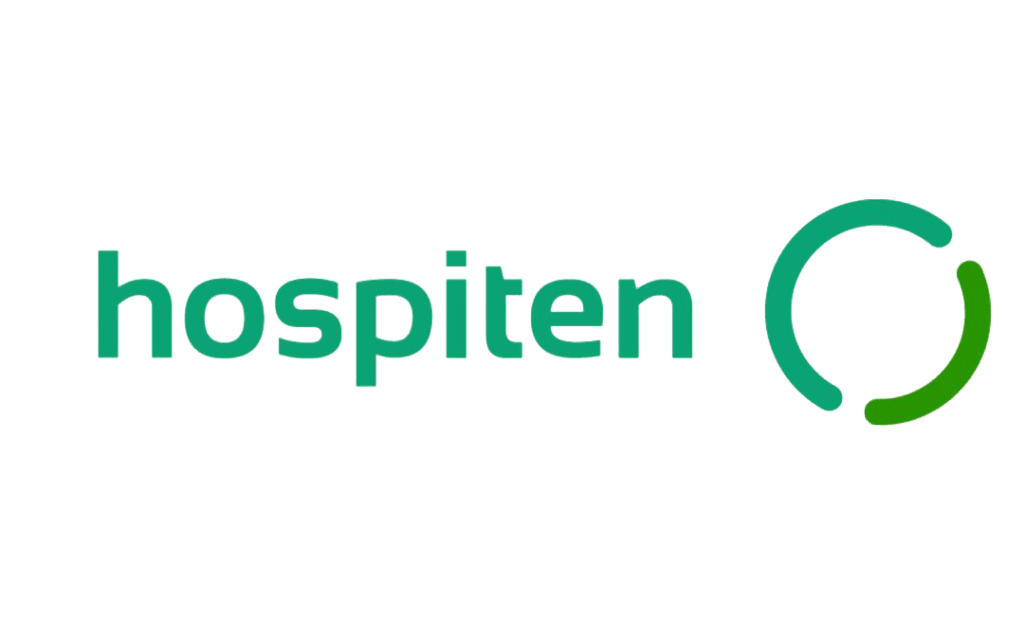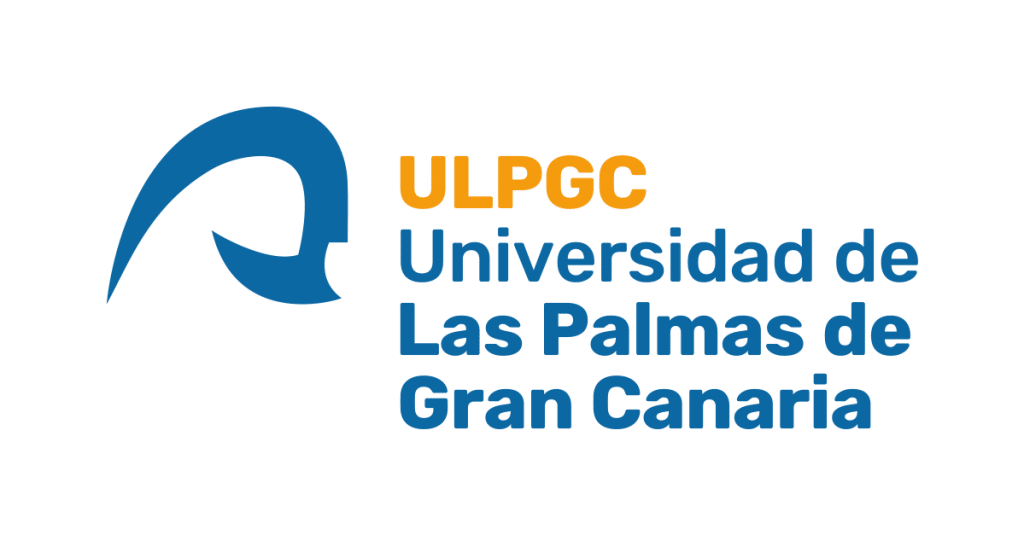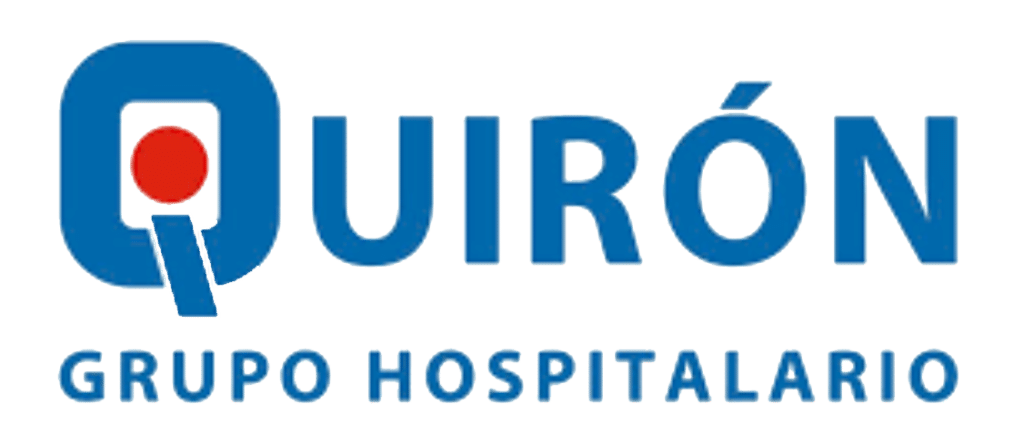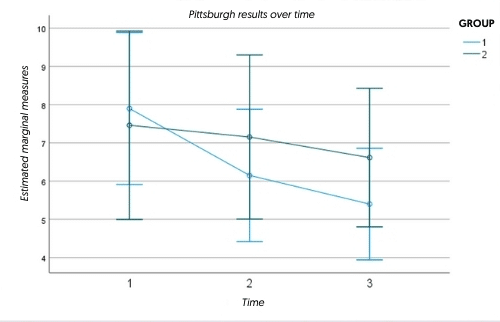EFFICACY OF NESA NEUROMODULATION TREATMENT IN OVERACTIVE BLADDER AND SLEEP: A RANDOMIZED CONTROLLED CLINICAL TRIAL.
Conde, G. Martín, A. Medina-ramírez, R. Báez, A. Montesdeoca-Quintana, P. Maternal-infant Insular University Hospital Complex of Las Palmas de Gran Canaria; Hospiten Bellevue; University of Las Palmas, Quirón Hospital Tenerife




INTRODUCTION
NESA non-invasive neuromodulation is a recent innovative technique based on the modulation of the autonomic nervous system. Its physical characteristics, intensities 0.1-1 mA, as well as frequencies from 1.14 to 14Hz, make this microcurrent effective as a helper of the treatment of the overactive bladder due to the implications of the autonomic nervous system.
AIM
To evaluate the efficacy, sleep quality and quality of life of the application of non-invasive NESA neuromodulation in the treatment of patients with overactive bladder.
· Meding-Ramírez. R. I. Molina-Cedrés. E.. Báez-Suárez. A.. & Álamo Arce. C (2021). Nesa Non-Invasive Neuromodulation: A New Frontier of Treatment of the Autonomous Nervous System in Physiotheraoy, 1-04.
· García, F., Fernández, D., Vázquez-Guerrero, J., Font, R., Moreno-Planas, B., Alamo-Arce. D…. Medina-Ramirez. R…. & Mallo-Soler. M. (2022\. Recovery ot the physiological status in professional basketball olayers using NESA neuromodulation treatment durina different types of microcycles in season:
A preliminary randomized clinical trial. Frontiers in Physiology, 13 https://www.frontiersin.org/articles/10.3389/fohys.2022.1032020
METHODS
A randomised, triple-blind clinical trial was developed where samples were taken from two different centres. Patients (n=46) were divided into two groups, intervention (n=19) and placebo (24).
Subiects had 10 treatment sessions (2/week) with a specific protocol during 60 min. The placebo device had the electrical emission switched off but the ignition appearance is identical to the real one.
The sleep quality (Pittsburgh test), self-assessment of bladder control, the international incontinence test (ICIO UI SF test) together with Quality of Life (ICIO_UI SF test) were analysed.
RESULTS
Comparing the clinical outcomes of patients using the Spanish version of the Overactive Bladder Control Self-Assessment Questionnaire (CACV), significant differences were obtained for the intervention group over time for CACV symtoms (p-value=0.04) and CACV discomfort (p-value-0.003).
In addition, significant differences were found for the incontinence questionnaire (ICIQ_UI SF) over time, showing a rapid improvement in the NESA group (p-value=0.007) and for the ICIO_UI life quality division.
Regarding, sleep, significant differences were found in the intervention group over time, improving by +- 1 point on the Pittsburgh test.
The intervention group presented a 15% decrease in nocturia and GROUs urge incontinence episodes; however, no differences were obtained between groups, probably due to the sample size. In future studies it is recommended to replicate this methodology with a larger Eauro? Grenhle ronrocontat ions of Dittchurgh sample and male patients.

Figure 1. Detailed NESA protocol used during the 10 sessions. The application was twice a week during 60 min.

Figure 2. Graphic representations of Pittsburgh test result over times for both group. The group 1 is the intervention group (NESA treatment) and group 2 the placebo.
CONCLUSION
Non-invasive NESA neuromodulation has been shown to be an effective allied treatment in overactive bladder, showing potential by demonstrating improvements in sleep, incontinence and quality of life.